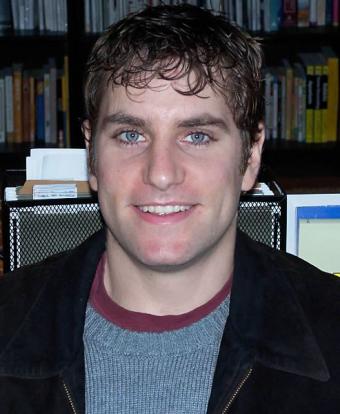PROVIDENCE, R.I. [Brown University] — Brown University researchers have identified a way to improve thought processes that goes well beyond the “power of positive thinking.” The technique, they argue, may help to navigate around biased ways of thinking and ultimately lead to better planning and decision-making.
Details are published online and will be included in the March 2010 issue of Psychological Science.
“What we looked at was how to get people to think of alternative possibilities, something they don’t always do naturally,” said Philip Fernbach, a cognitive and linguistic sciences graduate student and the paper’s first author. “When making judgments and decisions, people are often myopic; they fail to consider hypotheses beyond the one they have in mind.”
Adam Darlow, a graduate student in the same department, is the paper’s second author. Cognitive and linguistic sciences professor Steven Sloman served as third author.
Fernbach and the other researchers explored the degree to which people are overly focused on a single cause when pursuing two fundamental kinds of thinking — predicting the likelihood of an outcome and diagnosing the causes of an outcome.
They see these two kinds of thinking as flip sides of the same coin. Predicting outcomes calls for thinking forward from the cause of the outcome, such as predicting the likelihood that someone who goes on a diet will lose weight. But offering a diagnosis involves thinking backward from an outcome to the cause, such as diagnosing whether someone who lost weight dieted.
The researchers conducted three studies with medical professionals and Brown undergraduates. Their findings: In each case, the subjects considered alternative causes when they made diagnoses, but did not do so when making predictions.
Both findings have consequences in day-to day life, Fernbach said.
“Neglecting alternatives when making a prediction leads people to believe the desired results of their actions are less likely than they actually are,” he said.
For example, a person might predict that career success is unlikely because a current project isn’t going well. But that prediction underestimates the potential positive impact from future projects, professional development or other factors.
As far as diagnoses, the research findings reinforce the benefit of encouraging people’s natural ability to pursue diagnostic reasoning. For example, when doctors make a diagnosis, they should consider how likely the disease is given the symptoms, rather than simply deciding whether the disease is likely or unlikely. And a better outcome is possible, they said, when the doctor continues to reassess the diagnosis throughout the course of treatment.
“A typical diagnosis is saying ‘this disease is the cause,’” Darlow said. “We are saying it is important to elaborate beyond that. When you have to make that kind of more detailed judgment, then the alternative causes or hypotheses come to mind — because they have to.”
Overall, the researchers say that considering alternatives when making predictions or diagnoses can lead to better judgments, and therefore better decisions.
“It is a hook to get people to reason better,” Fernbach said.
A grant from the National Science Foundation supported the study.

